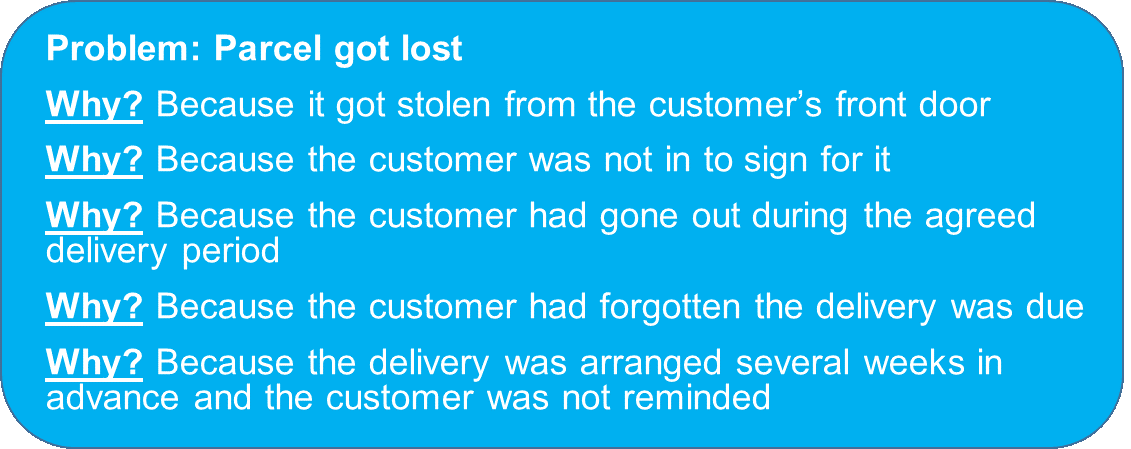
It can feel daunting trying to tackle a large problem, it’s often difficult to know where to start. Procrastinating or avoiding the problem only results in the problem escalating, making it increasingly difficult to respond. Taking temporary short-cuts leads to problems resurfacing; it’s like putting a plaster on a bullet wound, it doesn’t resolve the issue.
Problem solving is the essence of what leaders exist to do. ‘Innovation’ is a huge buzz word; but I like to think of it as ‘creative problem solving’. Solving problems is a catalyst for innovations and the most effective leaders approach problems through a lens of opportunity.
So, what is the right way to solve a problem? Here are 3 effective ways:
1. Frame the Problem
“If I had only one hour to save the world, I would spend fifty-five minutes defining the problem, and only five finding the solution” – Albert Einstein
Many organisations aren’t rigorous in defining the problems and often skip past this step and jump straight to the solutions. It is easy to get lost in the excitement of a brand new, all-in-one solution, they are often well branded and glossy, but if it is not the solution to your problem then you’ll soon be back to square one.
Start with a Problem Statement, akin to an elevator pitch, that helps clarify the issue. This statement should be no more than 2-3 sentences long and should frame:
- What the problem is
- The cost/ impact of the problem
- The broad scope of the problem
A full, clear description helps people both inside and outside the organisation quickly grasp the issue and ensures you are focussed on the ‘right’ problem area.
2. Tackle the Root Causes
“When solving a problem, dig at the roots instead of just hacking the leaves” – Anthony J. D’Angelo
Our assumptions can be dangerous and can interfere with our ability to identify the actual causes of problems. We often think we understand why a problem exists; but in reality, we don’t know the ‘full story’. Root cause analysis means tracing a problem back to its origin.
Here is an example of a 5 Whys exercise. It is a straightforward process of asking “why?” in an interrogative fashion, a bit like an inquisitive child, to get to the root cause of a specific problem that helps get to the root of a problem.

To effectively tackle a problem, you need to deal directly with both the problem and the causes, rather than a quick fix, which will undoubtedly lead you back to the same issue, time and time again.
3. Shrink the Problem
“When eating an elephant, take one bite at a time” – Creighton W. Abrams Jr
When you are faced with a big task, it helps if you can break the task down into smaller, manageable parts. Make the parts small enough so that they’re achievable and you have a chance of succeeding. The faster you can break problems down, the faster you can solve them.
Conducting a Pareto Analysis can help segregate the problem and their causes, and helps you focus on the few causes generating most of the problems. It follows the 80/20 rule, also known as the Pareto Principle, which suggests that as a rule of thumb, 80% of your problem lies in just 20% of your activities. So if you tackle the 20% of root causes first, you will solve 80% of your problem. It’s a great way to prioritise the ‘quick wins’ and narrow your focus.
Problem solving is an essential skill in the 21st century. To hone this skill within an organisation, leaders should promote a culture that views problems as opportunities for innovation. A culture where ideas for solutions are welcome from across the organisation and failure is not seen as a negative.
Devoting enough time to understanding the problem is a fundamental step towards a solution. When approaching big, complex problems; a step by step and layered approach is not only more sustainable but also more motivating as progress becomes more visible and measurable.
